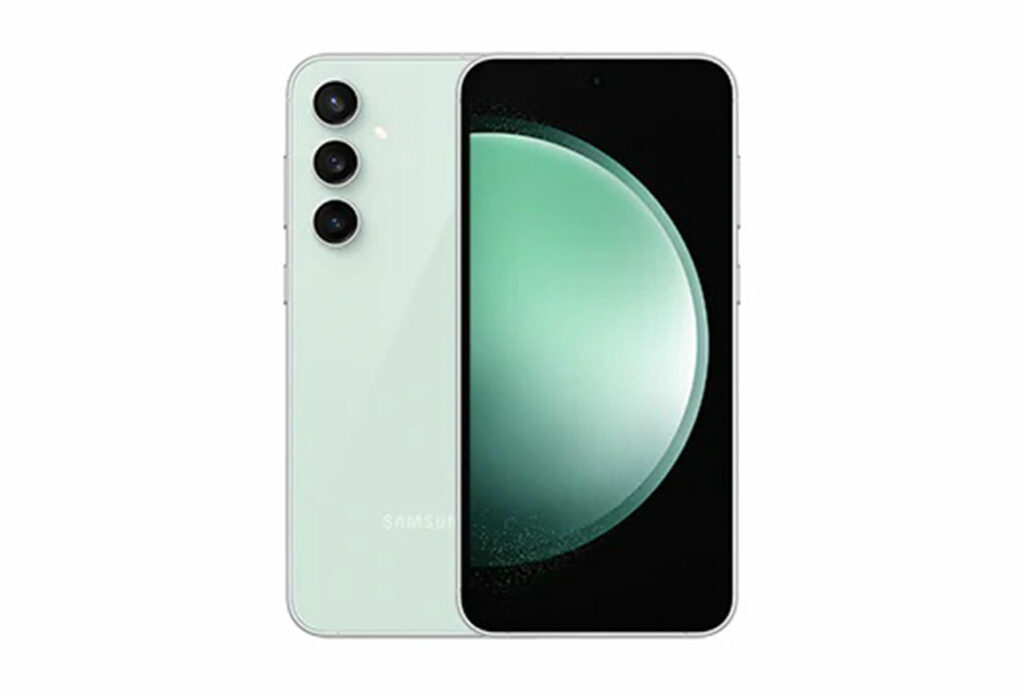We put the Samsung Galaxy S23 FE through our rigorous DXOMARK Audio test suite to measure its performance both at recording sound using its built-in microphones, and at playing audio back through its speakers.
In this review, we will break down how it fared in a variety of tests and several common use cases.
Overview
Key audio specifications include:
- Two speakers (Bottom right, top center)
- No jack audio output
Scoring
Sub-scores and attributes included in the calculations of the global score.
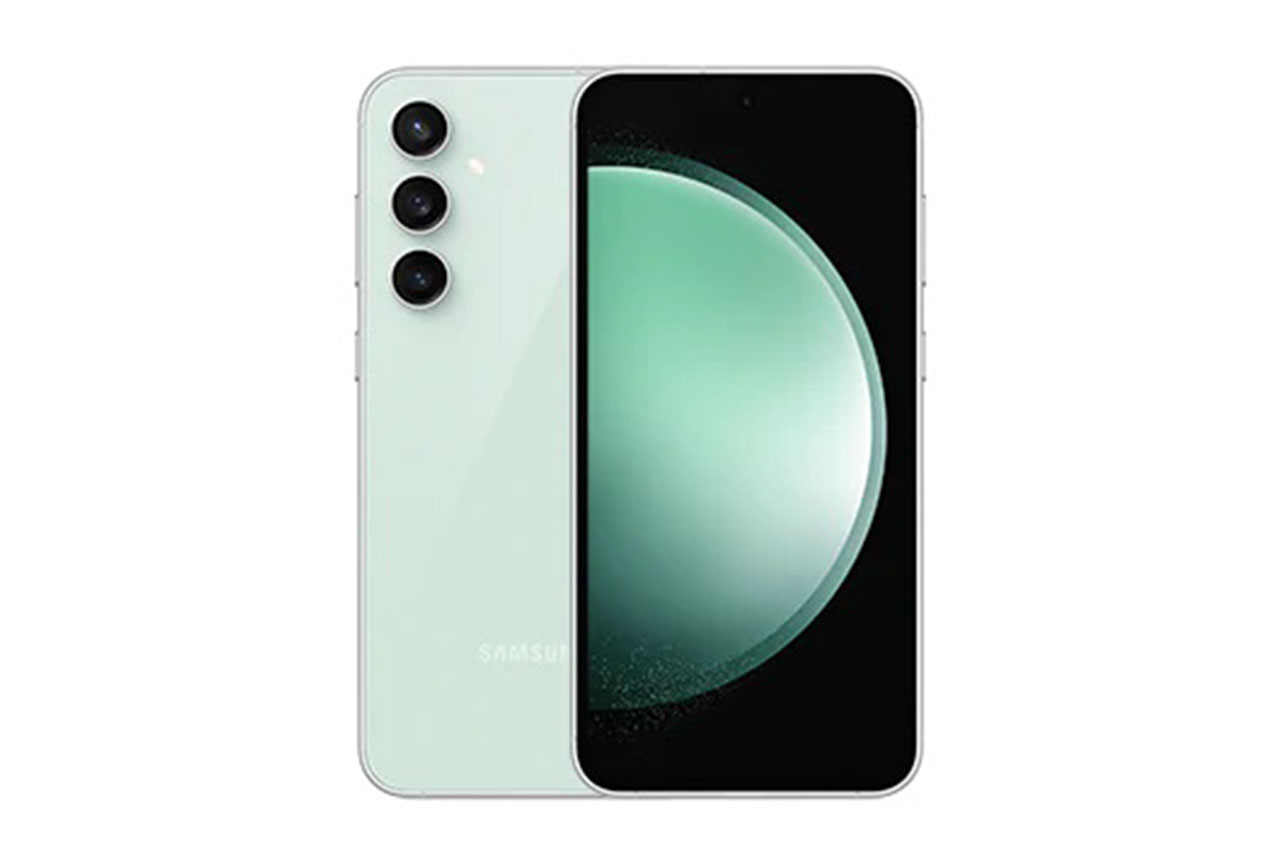
Samsung Galaxy S23 FE


 34th
34th 2nd
2ndPlayback
Cons
- Range of artifacts
- Lack of high- and low-end extension
Recording
Pros
- Very good wideness when recording with the main camera
- Recordings mostly free of artifacts
Cons
- No audio zoom feature
- Underwhelming wind noise performance
- Mono recordings when using the memo app
With an overall score of 138, the Samsung Galaxy S23 FE delivered a very decent performance for its device class in the DXOMARK Audio test, offering a very natural sound experience when playing back audio through the built-in speakers and recording alike. On the downside, the device lacks useful features that you can find on some competitors, such as audio zoom or wind noise reduction, and recordings made with the recorder app are in mono only.
In playback, the test results were consistently high across all use cases — listening to music, watching movies and gaming. In recording, the Samsung did best when shooting with the selfie camera. Main camera recordings’ results were only slightly lower, but performance dropped off for office and memo applications, mainly due to the monophonic recording.
Test summary
About DXOMARK Audio tests: For scoring and analysis in our smartphone audio reviews, DXOMARK engineers perform a variety of objective tests and undertake more than 20 hours of perceptual evaluation under controlled lab conditions.
(For more details about our Playback protocol, click here; for more details about our Recording protocol, click here.)
The following section gathers key elements of our exhaustive tests and analyses performed in DXOMARK laboratories. Detailed performance evaluations under the form of reports are available upon request. Do not hesitate to contact us.
Playback
Samsung Galaxy S23 FE
163
DXOMARK engineers test playback through the smartphone speakers, whose performance is evaluated in our labs and in real-life conditions, using default apps and settings.
In playback, the S23 FE’s timbre was clear and natural, with treble that did not sound very bright but had nice presence. Midrange was pleasant and devoid of resonances and bass rendition was pretty good, too, with nice upper bass presence. Overall, timbre results were good across all test use cases and apps. Dynamics results were very good, thanks to sharp and snappy attack at nominal volume, very satisfying bass precision and very good punch. The built-in speakers provided good stereo wideness and made it easy to pinpoint individual elements in the sound scene. Depth rendition was quite satisfying, providing good separation between different sound elements but distance rendition was only average, some content being perceived too far in the distance.
Perceived loudness at maximum volume was good, and the tuning of the minimum volume level was excellent as well, letting you hear quiet passages in dynamic content, such as classical music, without being too loud. In addition, volume steps were distributed quite consistently across the scale. In terms of unwanted audio artifacts, some subtle distortion could be heard at maximum volume, as well as a moderate amount of dynamic compression at nominal and maximum volume. There was no pumping, though.
Listen to the tested smartphone’s playback performance in this comparison with some of its competitors:

Timbre
Samsung Galaxy S23 FE
158
The Timbre score represents how well a phone reproduces sound across the audible tonal range and takes into account bass, midrange, treble, tonal balance, and volume dependency. It is the most important attribute for playback.

Dynamics
Samsung Galaxy S23 FE
149
The Dynamics score measures the accuracy of changes in the energy level of sound sources, for example how precisely a bass note is reproduced or the impact sound from drums.



Spatial
Samsung Galaxy S23 FE
162
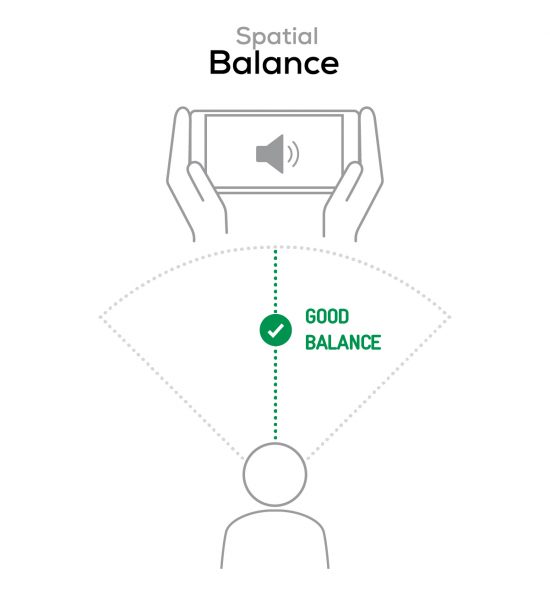
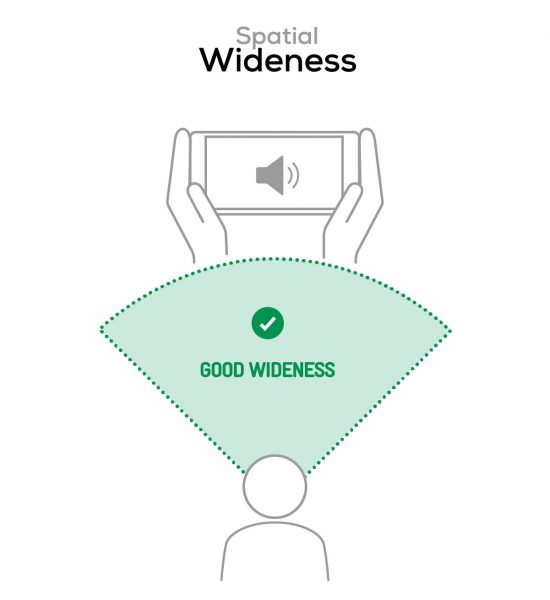

Volume
Samsung Galaxy S23 FE
162
The Volume score represents the overall loudness of a smartphone and how smoothly volume increases and decreases based on user input.
| Hip-Hop | Classical | |
| Samsung Galaxy S23 FE | 74.1 dBA | 70.9 dBA |
| Xiaomi 13T | 74.2 dBA | 70.4 dBA |
| Nubia RedMagic 8 Pro | 77 dBA | 76.6 dBA |

Artifacts
Samsung Galaxy S23 FE
157
The Artifacts score measures the extent to which the sound is affected by various types of distortion. The higher the score, the less the disturbances in the sound are noticeable. Distortion can occur because of sound processing in the device and because of the quality of the speakers.


It represents the distortion and noise of the device playing our test signal (0 dB Fs, Sweep Sine in an anechoic box at 40 cm) at the device's maximum volume.
Recording
Samsung Galaxy S23 FE
160
DXOMARK engineers test recording by evaluating the recorded files on reference audio equipment. Those recordings are done in our labs and in real-life conditions, using default apps and settings.
Recording timbre was good overall. When recording with the main camera, treble was clear but slightly lacked brightness. Midrange was natural and provided pleasant warmth. Tonal balance was also good with the selfie camera, but the timbre was quite dark and resonant when recording voices with the memo app. Signal-to-noise ratio was good with the main and selfie cameras, but the background could have been more attenuated when using the memo app, especially in urban scenarios. Recordings offered a wide sound scene with the main camera, but wideness was noticeably more limited with the front camera. The memo app only records in mono by default.
Localizability of individual instruments or other sound elements was consistently precise with both the main and selfie cameras, but much less so in recordings made with the memo app. Distance rendition was overall very good, but voices were perceived slightly too distant with the recorder app. Recording volume was loud enough with both cameras but slightly lower with the memo app. On the plus side, our testers found the microphones to be dealing very well with high sound pressure levels as you find them when recording concerts or other loud events. Recordings were mostly free of artifacts, except for some slight clipping on sudden loud voices. However, the device was quite prone to microphone occlusions, which can strongly muffle the timbre or result in loud finger noises in the recordings. Our testers found the background rendition to be consistently great and natural, without any artifacts.
Here is how the Samsung Galaxy S23 FE performs in recording use cases compared to its competitors:

Timbre
Samsung Galaxy S23 FE
147
The Timbre score represents how well a phone captures sounds across the audible tonal range and takes into account bass, midrange, treble, and tonal balance. It is the most important attribute for recording.

Dynamics
Samsung Galaxy S23 FE
146
The Dynamics score measures the accuracy of changes in the energy level of sound sources, for example how precisely a voice's plosives (the p's, t's and k's, for example) are reproduced. The score also considers the Signal-to-Noise Ratio (SNR), for example how loud the main voice is compared to the background noise.

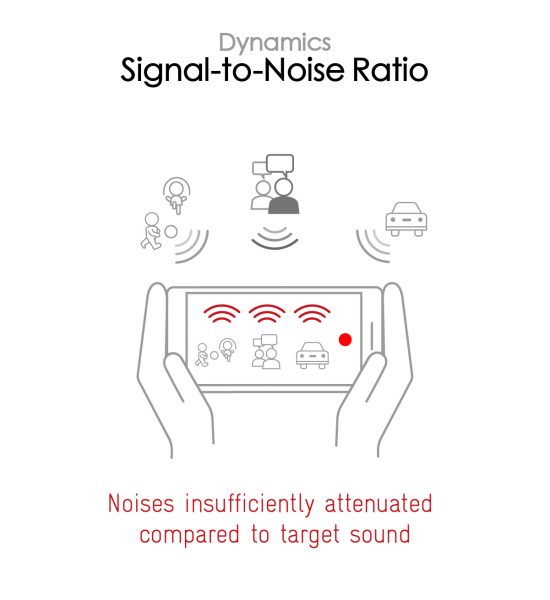

Spatial
Samsung Galaxy S23 FE
159
The sub-attributes for spatial tests include pinpointing a specific sound's location, its positional balance, distance, and wideness on the recorded audio files.
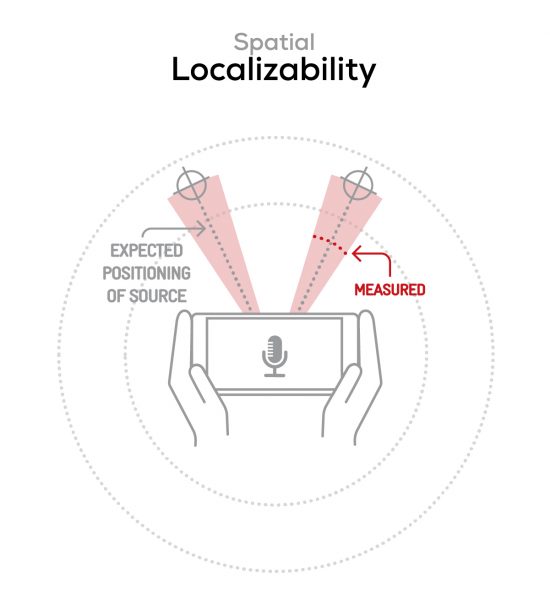
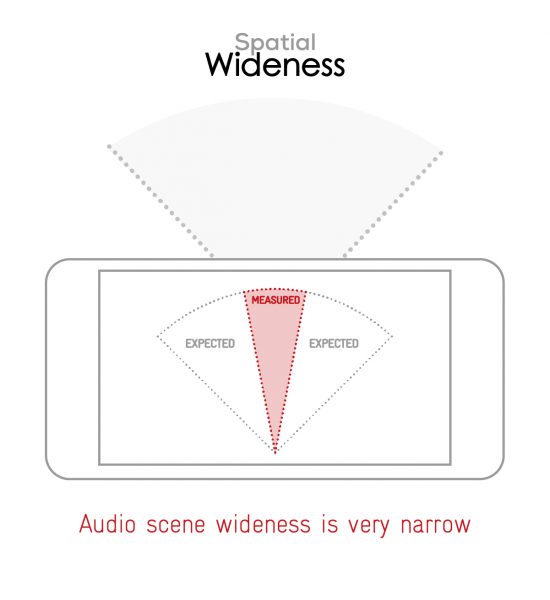

Volume
Samsung Galaxy S23 FE
170
The Volume score represents how loud audio is normalized on the recorded files and the how the device handles loud environments, such as electronic concerts, when recording.
| Meeting | Life Video | Selfie Video | Memo | |
| Samsung Galaxy S23 FE | -24.2 LUFS | -21.1 LUFS | -19.6 LUFS | -20.7 LUFS |
| Xiaomi 13T | -28.7 LUFS | -20.9 LUFS | -19.3 LUFS | -22.8 LUFS |
| Nubia RedMagic 8 Pro | -33.5 LUFS | -24.4 LUFS | -19.2 LUFS | -28.4 LUFS |

Artifacts
Samsung Galaxy S23 FE
145
The Artifacts score measures the extent to which the recorded sounds are affected by various types of distortions. The higher the score, the less the disturbances in the sound are noticeable. Distortions can occur because of sound processing in the device and the quality of the microphones, as well as user handling, such as how the phone is held.
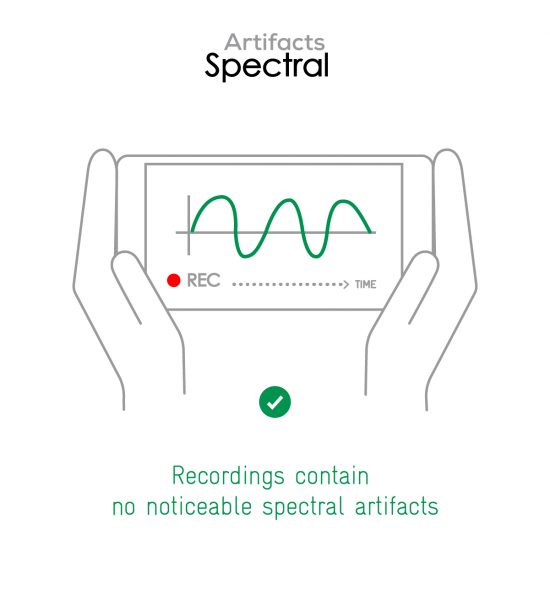
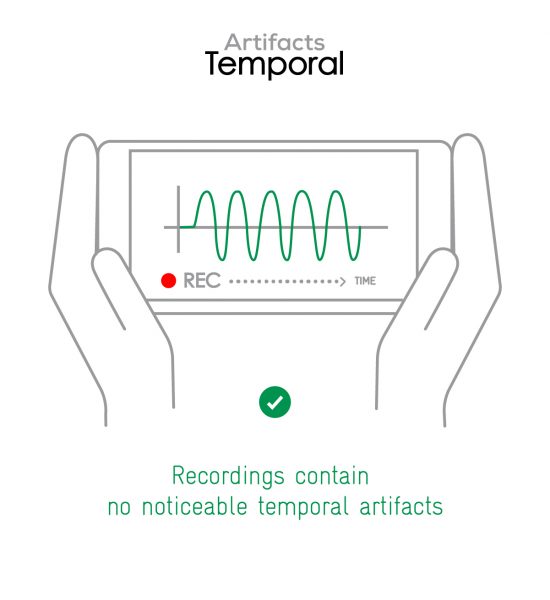
In this audio comparison, you can listen to the way this smartphone handles wind noise relative to its competitors:

Background
Samsung Galaxy S23 FE
166
Background evaluates how natural the various sounds around a voice blend into the video recording file. For example, when recording a speech at an event, the background should not interfere with the main voice, yet it should provide some context of the surroundings.




